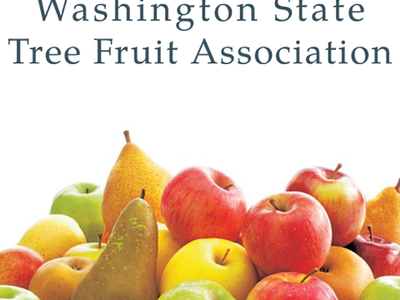Gene Editing and Organic Production
Gene Editing and Organic ProductionMany organic advocates claim that genetically engineered crops are harmful to human health and the environment.
Biotechnology advocates fire back that genetically engineered crops are safe and reduce insecticide use.
Now, sides are being chosen about whether the new gene editing technology is a helpful new tool to speed up the plant breeding process - or not.
Under Secretary of Agriculture Greg Ibach at a House Agriculture Subcommittee hearing talking about the issue.
Opponents argue that CRISPR is a sneaky way to trick the public into eating genetically engineered foods. It is tempting to toss CRISPR and genetic engineering into the same bucket. But even "genetic engineering" and "CRISPR" are too broad to convey what is happening on the genetic level, so let's look closer.
In one type of genetic engineering, a gene from an unrelated organism can be introduced into a plant's genome. For example, much of the eggplant grown in Bangladesh incorporates a gene from a common bacterium. This gene makes a protein called Bt that is harmful to insects. By putting that gene inside the eggplant's DNA, the plant itself becomes lethal to eggplant-eating insects and decreases the need for insecticides. Bt is safe for humans. It's like how chocolate makes dogs sick, but doesn't affect us.
Another type of genetic engineering can move a gene from one variety of a plant species into another variety of that same species. For example, researchers identified a gene in wild apple trees that makes them resistant to fire blight. They moved that gene into the "Gala Galaxy" apple to make it resistant to disease. However, this new apple variety has not been commercialized.
Scientists are unable to direct where in the genome a gene is inserted with traditional genetic engineering, although they use DNA sequencing to identify the location after the fact.
In contrast, CRISPR is a tool of precision.













